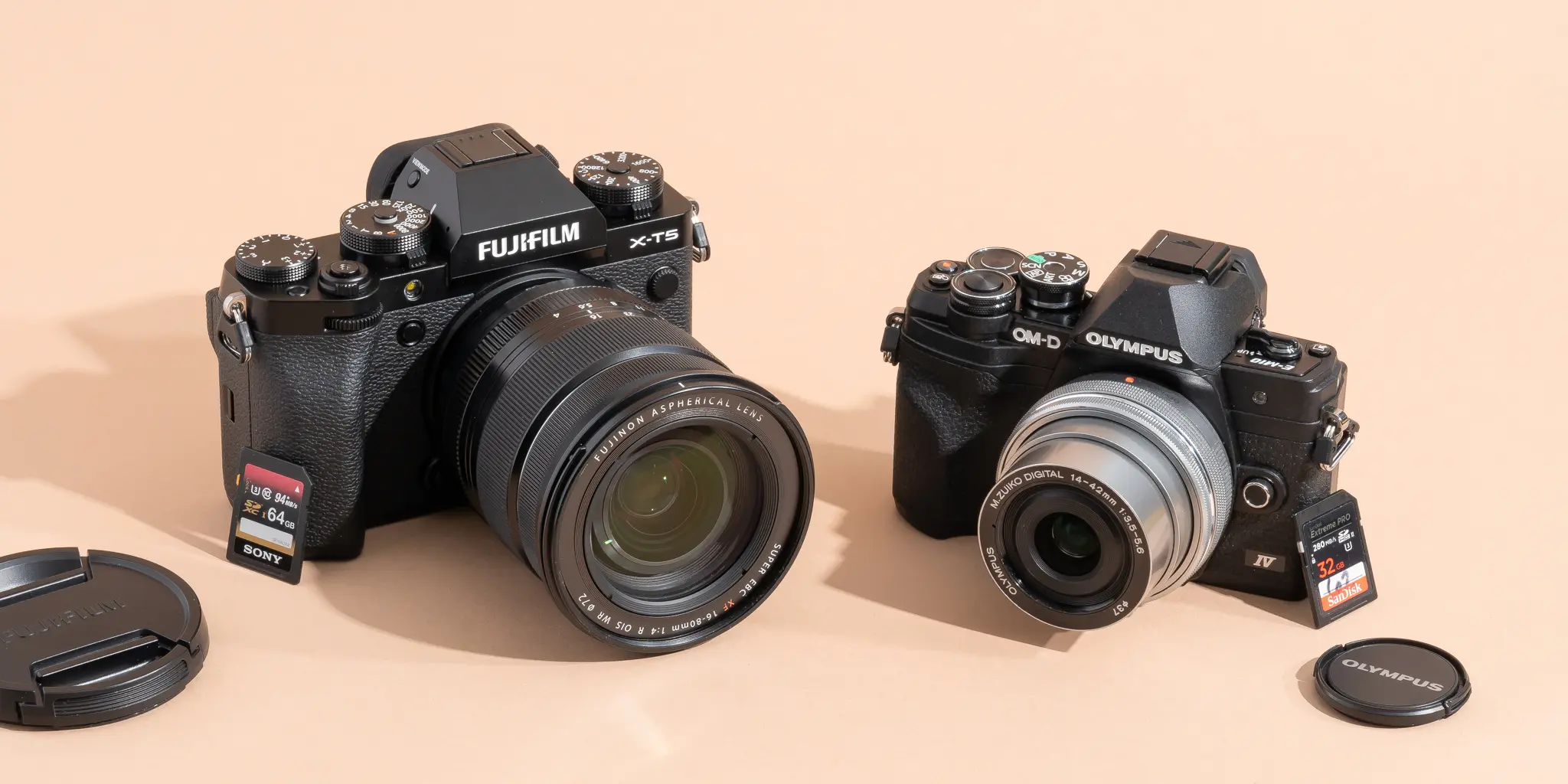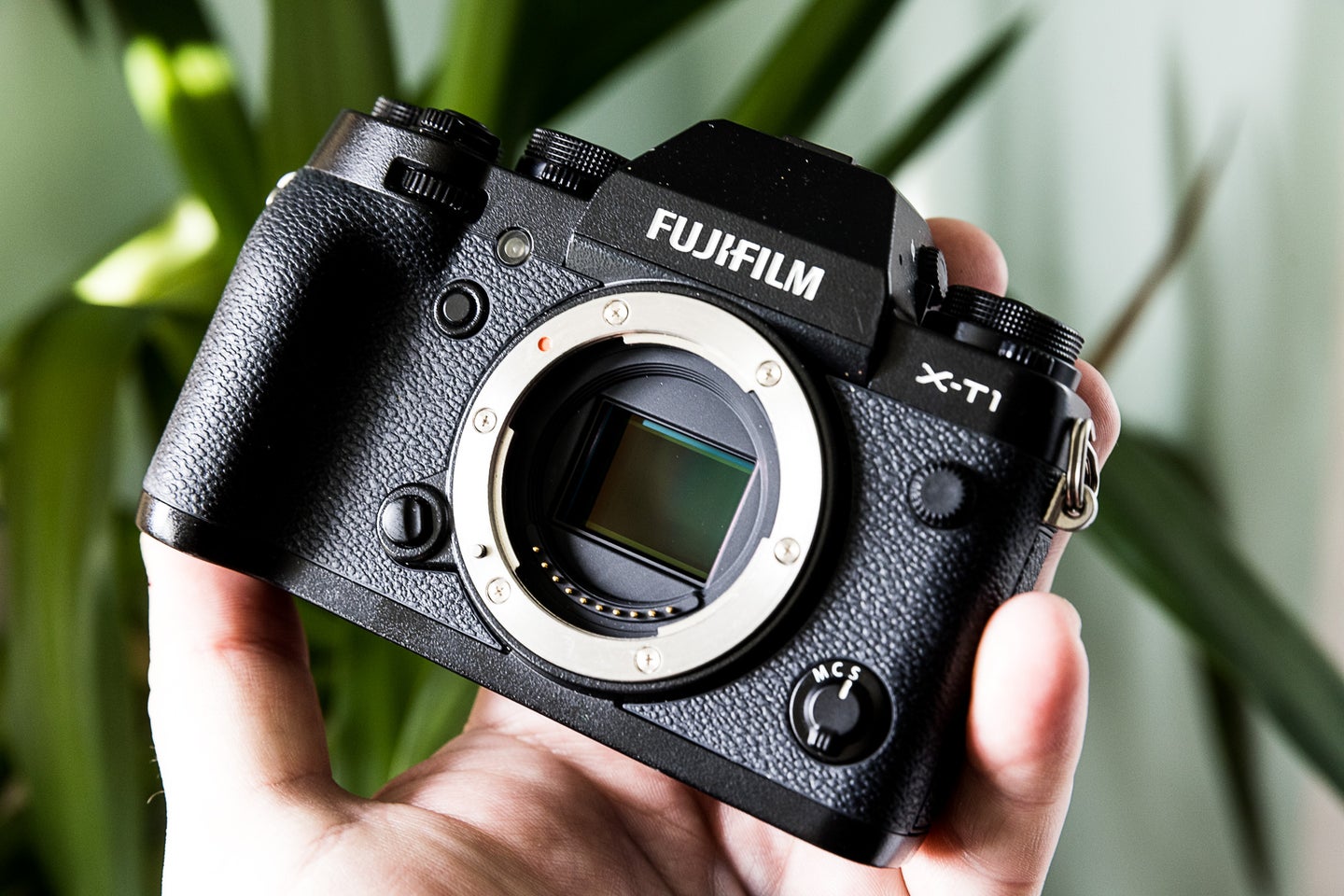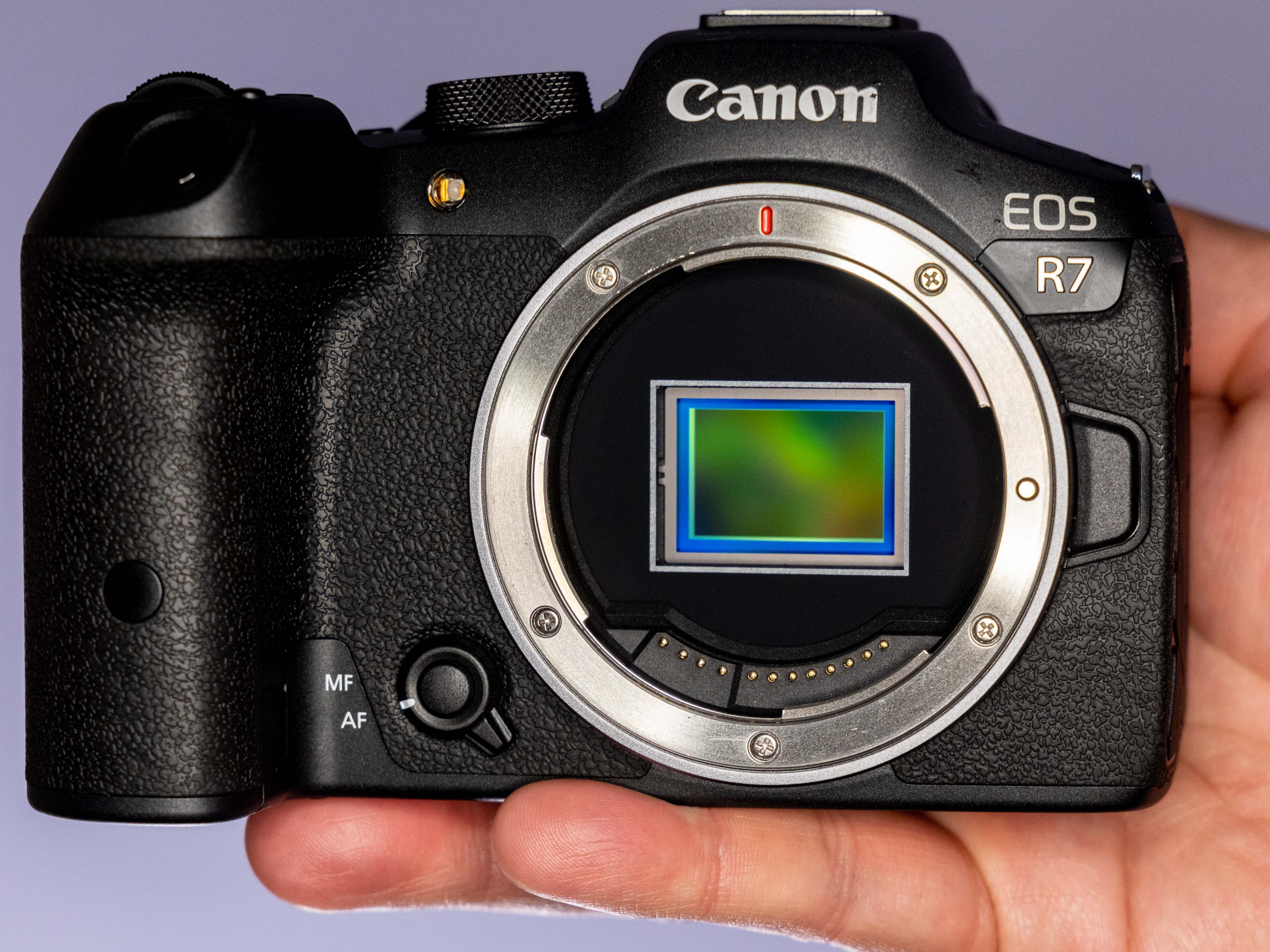A Comprehensive Guide to the Best Mirrorless Cameras for Beginners
- Posted on

Welcome back to the Tuttle Camera blog! In today’s post, we’ll be discussing the best mirrorless cameras for beginners. Not only will we cover our top 5 beginner mirrorless cameras, but we’ll also discuss the benefits of choosing a mirrorless camera, as well as provide some tips for getting started with your new camera.
Introduction to Beginner Mirrorless Cameras
Why Choose a Mirrorless Camera as Your First
There are several reasons why you might choose a mirrorless camera as your first. As we mentioned, they are a more compact and lightweight alternative to DSLR cameras. This makes them a great option for beginners who are looking for a camera that they can easily take on-the-go.
Another reason why you might choose a mirrorless camera as your first is the fact that they feature a digital viewfinder. This can make the transition from a smartphone or point-and-shoot camera to a mirrorless camera a lot easier. With a digital viewfinder, you can start to learn the basics of photography, like aperture, shutter speed, and ISO, without the added difficulty of having to learn to shoot in manual mode without being able to see your image.
Understanding the Basics: How Does a Mirrorless Camera Work?

We get it - the world of digital cameras can be confusing! With so many different camera options on the market, it can be difficult to know which one is the best choice for you. To help you make a more informed decision, we’ll briefly cover how a mirrorless camera works, as well as some of the benefits that they offer.
As the name suggests, mirrorless cameras do not feature a mechanical mirror. This is in contrast to traditional DSLR cameras, which use a mirror to reflect light up to an optical viewfinder. When you press the shutter button on a DSLR camera, the mirror flips up, allowing light to reach the image sensor and create an image.
Instead, mirrorless cameras use an electronic viewfinder (EVF) or a digital display to show you a real-time image of what your camera sees. This means that there is no need for a mechanical mirror, making the camera more compact and lightweight.
Top 5 Best Beginner Mirrorless Cameras of 2024
With so many mirrorless cameras on the market, choosing the best one for you can be a daunting task. To make it easier, we’ve rounded up our top 5 beginner mirrorless cameras for 2024. At Tuttle Cameras, you can trust our selection of the best mirrorless cameras for beginners, with options from top brands like Sony, Canon, Fujifilm, and Nikon.
Sony Alpha a6700

The Sony Alpha a6700 is a great option for beginners who are looking for a camera that they can grow with. It features a 24.2MP APS-C sensor and a BIONZ X image processor, delivering stunning image quality and impressive low-light performance. The a6700 also features 5-axis in-body image stabilization, allowing you to shoot sharp images and smooth 4K video.
Canon EOS R7 Mark II (This camera is still a rumour at this time - The R7 is still available)

The Canon EOS R7 Mark II is a highly anticipated addition to Canon’s mirrorless camera lineup. Expected to be released in 2024, the EOS R7 Mark II is rumored to feature a 32.5MP sensor, dual pixel autofocus, and the ability to shoot up to 20 frames per second with the electronic shutter. It will also feature 5-axis in-body image stabilization, making it a great option for both photographers and videographers.
Fujifilm X-T5 XF16-80mm Lens Kit

The Fujifilm X-T5 XF16-80mm lens kit is another great option for beginners. The X-T5 features a 26.1MP X-Trans CMOS 4 sensor and the X-Processor 4, delivering impressive image quality and high-speed performance. The X-T5 also features the classic retro design that Fujifilm is known for, as well as a hybrid electronic viewfinder and a vari-angle touchscreen display.
Nikon Zfc

The Nikon Zfc is a great option for beginners who are looking for a camera that offers a perfect balance between classic design and modern features. The Zfc features a 20.9MP APS-C sensor and the EXPEED 6 image processor, delivering stunning image quality and impressive low-light performance. The Zfc also features a 209-point phase-detection autofocus system and the ability to shoot 4K UHD video.
Key Features to Look for in the Best Camera for Beginners
When it comes to choosing the best camera for beginners, there are a few key features that you’ll want to consider. In this section, we’ll cover the most important features to look for in a beginner mirrorless camera.
Sensor Size and Resolution: What's Best for Newbies?
The sensor is perhaps the most important component of a camera when it comes to image quality. Generally, the larger the sensor, the better the image quality. Beginner mirrorless cameras typically feature an APS-C or micro four thirds sensor. While these sensors are smaller than the full-frame sensors found in many high-end mirrorless cameras, they are more than capable of delivering stunning image quality.
Resolution is another important factor to consider. The resolution of a camera is measured in megapixels (MP). The higher the resolution, the more detail the camera can capture. For beginners, we recommend choosing a camera that features a sensor size of APS-C and a resolution of around 24MP. This is a great balance that will allow you to capture high-quality images, without breaking the bank.
Ease of Use: User-Friendly Interfaces and Controls
Of course, as a beginner, you’ll want a camera that is easy to use. Look for a camera that features a user-friendly interface and controls. Many cameras also offer beginner modes and tutorials that can help you learn the basics of photography. For example, the Sony Alpha a6700 features a ‘My Menu’ feature that allows you to customize the menu to suit your needs, as well as a touch screen interface that makes it easy to navigate the menu.
How to Use a Mirrorless Camera: A Step-by-Step Guide
So, you’ve chosen your beginner mirrorless camera, now what? In this section, we’ll provide you with a step-by-step guide to setting up your new camera and getting started with the basics of photography.
Setting Up Your New Camera: Initial Adjustments and Settings
When you first take your camera out of the box, there are a few initial adjustments and settings that you’ll want to make. Follow these steps to set up your camera for success:
- Charge the battery: Before you start using your camera, you’ll want to make sure that the battery is fully charged. Insert the battery into the camera and connect the camera to the charger.
- Insert a memory card: Next, you’ll want to insert a memory card into your camera. This will allow you to save the photos that you take. We recommend using a high-quality, high-speed memory card, like the ProMaster Rugged.
- Set the language and date/time: When you turn your camera on for the first time, you’ll be prompted to set the language and the date/time. Follow the on-screen prompts to set the language and the date/time.
- Format the memory card: Before you start taking photos, we recommend formatting your memory card. This will ensure that your memory card is set up to work with your camera. Keep in mind that formatting your memory card will delete any existing data, so be sure to back up your files.
- Set the image quality: Finally, you’ll want to set the image quality. We recommend shooting in RAW or RAW+JPEG, as this will give you the most flexibility when it comes to editing your photos. RAW files contain all of the data captured by the camera, allowing you to make more detailed edits.
Photography with Mirrorless Cameras: Tips and Tricks for Beginners
As a beginner, it’s normal to feel a little bit overwhelmed when you first start using your mirrorless camera. In this section, we’ll cover some tips and tricks for getting started with photography on your new camera.
Mastering Composition: Rule of Thirds and Beyond
Composition is a fundamental element of photography. It refers to the way that the elements within an image are arranged. As a beginner, one of the best composition techniques to learn is the rule of thirds.
The rule of thirds is a simple guideline that can help you create well-balanced and visually appealing images. Imagine that your image is divided into a 3x3 grid. The rule of thirds states that you should place the subject of your image along one of the lines of the grid, or at one of the points where the lines intersect.
Lighting and Exposure: How to Capture the Perfect Shot
Lighting and exposure are two of the most important aspects of photography. The way that you control light and exposure can have a huge impact on the look and feel of your images.
When it comes to lighting, the best piece of advice that we can give you is to always look for natural light. Whether you’re shooting portraits, landscapes, or still life, natural light is always the most flattering.
When it comes to exposure, it’s important to understand the exposure triangle. The exposure triangle is made up of three elements: aperture, shutter speed, and ISO. Mastering the exposure triangle is the key to shooting in manual mode.
Conclusion
When looking for a beginner camera, it’s essential to consider factors like sensor size, resolution, and ease of use. At Tuttle Cameras, we offer a variety of the best mirrorless cameras for beginners, including options from Sony, Canon, Fujifilm, and Nikon.
Once you’ve chosen a camera, it’s important to familiarize yourself with it by setting it up and learning basic shooting techniques. At Tuttle Cameras, we offer a wide range of mirrorless cameras from top brands and also provide expert advice and tips to help you make the right choice and get started with your new camera. Explore our collection online today!
We also offer one-on-one lessons to help you get to know your new camera and its features!
